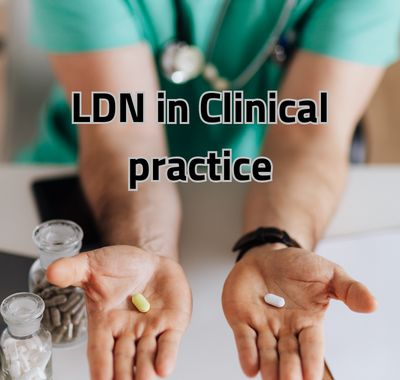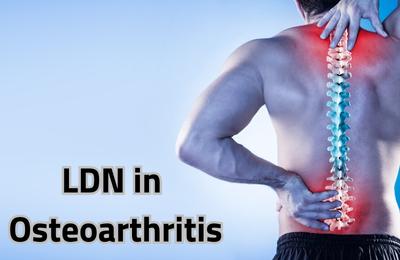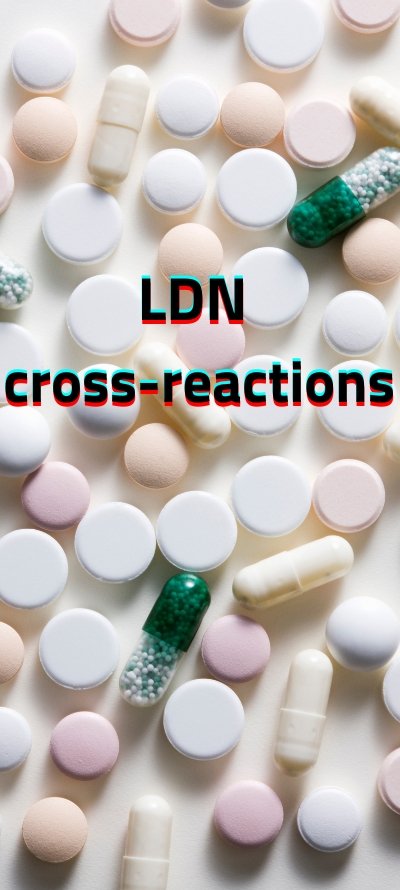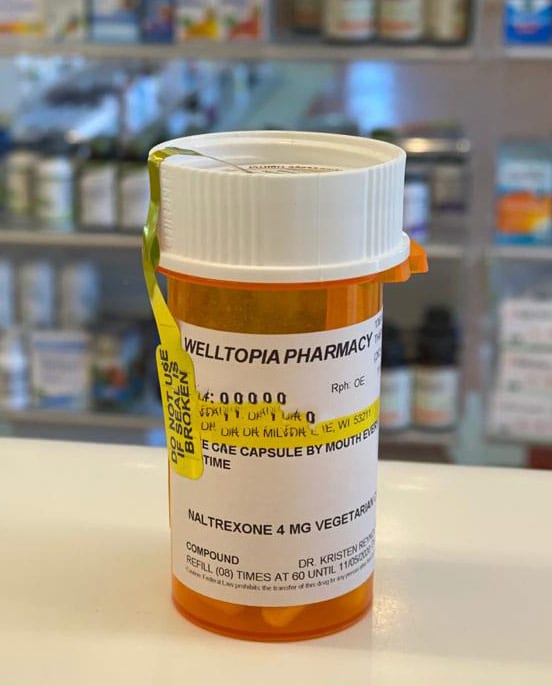Overview of chronic pain and LDN
Chronic pain can be defined as the disease state or injury caused by persistent central or peripheral nervous system changes, which results in sensitization. This sensitization leads to an increase in the intensity and duration of the pain response. Chronic pain and pain-related disorders are considered the main cause of disability worldwide. Approximately 10 and 50 percent of the world’s population suffer from chronic pain.
Low Dose Naltrexone (LDN) holds a long history of safe use in patients, it can achieve pain relief through a brief opioid receptor blockade and now it’s being studied to be a part of the treatment strategy in managing chronic pain.
Chronic conditions that LDN can manage include osteoarthritis, multiple sclerosis, neuropathic conditions, complex regional pain syndrome, rheumatologic diseases, myofascial pain, fibromyalgia, and many more
LDN in Clinical practice
Patient experience with LDN in chronic pain varies from:
- No difference in their pain levels.
- Improvement in their quality of life.
- Complete pain resolution.
- Reduced fatigue.
- Improved mood.
- Reduced sleep disturbance.
- Enhanced cognitive functions.

Neuropathy
A case report has illustrated the use of LDN for the treatment of diabetic neuropathy. LDN at a daily dose of 4 mg decreased the patient’s pain score from 90 to 5 on the 0–100 point visual analog scale (VAS) further research is required to determine safety and efficacy. other cases of peripheral neuropathic pain from a variety of diseases have shown improvement in patient pain scores and quality of life.
Myofascial Pain
A case report describes the use of LDN for the treatment of chronic back pain. After receiving LDN therapy at a dose of 4 mg daily, the patient’s pain score decreased from 90–100 to 35 on the 0–100 point visual analog scale. More studies are required to follow up on this one result.
Complex Regional Pain Syndrome
Complex regional pain syndrome (CRPS) is a neuropathic condition that can happen due to an injury resulting in a nerve lesion (Type II CRPS) or it can happen with no known nerve injury etiology (Type I CRPS). Its manifestation includes sensory disorders, vasomotor disorders, edema or sweating, motor dysfunctions, and trophic changes.
CRPS is associated with an increase in pro-inflammatory cytokines and also activation of microglia and astrocytes. LDN may benefit CRPS patients by contradicting the inflammatory response and also microglial activation.
Limited studies indicated that LDN may be useful in the treatment of CRPS. One case study described two patients with CRPS who were successfully treated with LDN after failed traditional medical management. CRPS patients using LDN have established a decrease in acute and chronic inflammation biomarkers (low Erythrocyte sedimentation rate & C-reactive protein results were obtained)
Osteoarthritis
Oxytrex is an under-study medication that combines oxycodone with ultra LDN. A clinical trial that involved 360 patients who suffer from moderate to severe osteoarthritic pain concluded that Oxytrex was associated with notable pain relief as compared with oxycodone when taken alone. Nevertheless, we should mention that accurate results in this study could not be received due to a high dropout rate.

Rheumatic Conditions
One recent study found that LDN when used in rheumatoid and seropositive arthritis was associated with lower medication use (including analgesics). Further investigation is needed to assess the efficacy of LDN in inflammatory arthritis. We should also mention that in some cases combining an anti-inflammatory diet and LDN has reduced or eliminated the need to use disease-modifying anti-rheumatic drugs (DMARDs).
Inflammatory Bowel Disease (IBD)
Inflammatory Bowel Disease is classified into Crohn’s disease and ulcerative colitis. unfortunately, it’s a chronic condition. there is insufficient data to support the use of LDN in Crohn’s disease but some recent studies have had positive results. LDN offers a low-risk choice where other alternatives are not available. A study found that using LDN will lessen the medication dose needed to manage IBD.
Multiple Sclerosis (MS)
Multiple sclerosis (MS) is a chronic inflammatory disease that affected Nearly 1 million individuals in the United States in 2017. The use of LDN in MS treatment has shown some promising results, though inconclusive as some studies showed a considerable reduction in spasticity, while on the other hand, others did not identify any benefits. further studies must be done to verify the accurate result.
Fibromyalgia
Fibromyalgia is a chronic musculoskeletal pain that may be associated with fatigue, cognitive disturbances, headaches, disturbance in sleep, and gastrointestinal symptoms. About 2 to 8 percent of the population suffer from this condition.
LDN’s anti-inflammatory properties may help with the management of fibromyalgia
as fibromyalgia involves glial activation and the production of pro-inflammatory molecules.
Two clinical trials found that LDN was well tolerated and effective in reducing fibromyalgia symptoms. Larger controlled trials are essential to fully confirm the efficacy of LDN in treating fibromyalgia.
When can we evaluate the efficacy of LDN?
Patients may experience a placebo effect when LDN is initiated. Therefore, the patient may take LDN for several weeks or even months before the true effect of the medication can be evaluated. In general, a trial of six months to one year is recommended for chronic pain patients before figuring out whether the medication has an effect or not.
LDN effect when combined with other medications
LDN works synergistically (added effect of the two medications is greater than taking each medication alone) with:
- Anti-inflammatory agents (such as Non-steroidal anti-inflammatory drugs (NSAIDs))
- Topical pain relievers
- Omega-3 fatty acid supplements
- Magnesium
- Curcumin
- Resveratrol
- Glutathione
- Arnica

Effect of diet modification in managing chronic pain
An oligoantigenic diet (elimination diet in which specific food items are excluded completely) is used in chronic inflammatory conditions with an anti-inflammatory diet that focuses on unprocessed foods, green and non-starchy vegetables, low-glycemic fruits, fish, and olive oil while eliminating grains, dairy, sugar, and sometimes spices.
Chronic pain patients must work with a clinician to personalize their optimal diet.
Do you need one-to-one consultation?
Welltopia pharmacy offers one on one consultation sessions with a qualified pharmacist who has out-of-the-box solutions and will work with your healthcare circle to offer a better plan for your health and wellness.
Book an Appointment
References
- The LDN book: how a little-known generic drug, low dose naltrexone, could revolutionize treatment for autoimmune diseases, cancer, autism, depression, and more / edited by Linda Elsegood.
- The LDN Book volume two, The Latest Research on How — LOW DOSE NALTREXONE — Could Revolutionize Treatment for PTSD, Pain, IBD, Lyme Disease, Dermatologic Conditions, and More EDITED BY Linda Elsegood.











